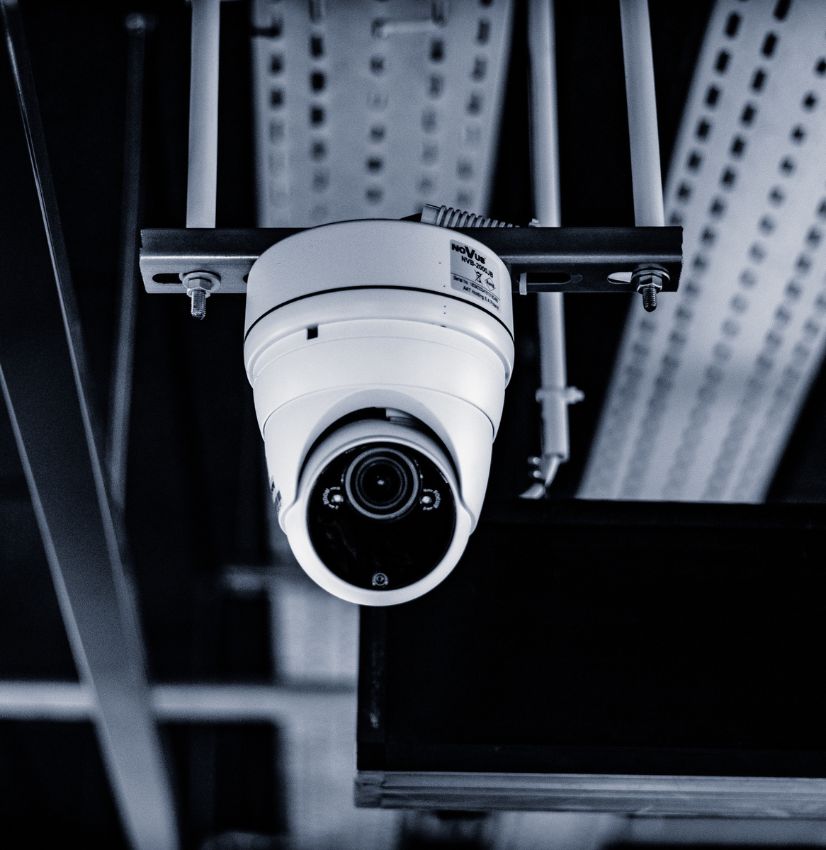In today’s world, security cameras have become an essential part of safeguarding homes, offices, and commercial properties. Especially in a bustling city like Melbourne, where property crime and urban movement are common, getting your surveillance system right is crucial.
However, many individuals and even businesses fall into common traps during installation — from choosing the wrong equipment to violating local privacy laws. These mistakes can lead to blind spots, poor image quality, system failure, or even legal troubles.
This article outlines the most frequent errors made during security camera installation in Melbourne and provides actionable tips to avoid them.
Understanding Melbourne’s Security Landscape
🔹 Local Crime Trends and Surveillance Demand
Melbourne, known for its vibrant culture and sprawling suburbs, is not immune to crime. According to Victoria Police, theft, burglary, and property-related offences remain common in several metropolitan areas such as Dandenong, Footscray, and the CBD.
Due to this, there’s an increased demand for residential and commercial CCTV systems. Security cameras act as a deterrent, offer evidence in case of incidents, and provide peace of mind.
🔹 Laws and Regulations Regarding Surveillance
Before setting up your cameras, it’s essential to understand the surveillance laws in Victoria:
-
You can install CCTV on your property.
-
You cannot position cameras in a way that infringes on someone else’s privacy, such as facing directly into a neighbour’s bedroom or backyard.
-
Footage used inappropriately can lead to civil penalties or legal action.
-
In commercial settings, clear signage may be required to inform people they are being recorded.
The 10 Most Common Mistakes to Avoid
1. Choosing the Wrong Camera Type
Not all security cameras are created equal. In Melbourne’s diverse environments — from beachfront homes to high-rises — the wrong camera can fail you when it matters most.
-
Analog Cameras may be cost-effective but offer limited resolution.
-
IP Cameras are more advanced, offering HD and remote access but need stable networks.
-
PTZ Cameras are excellent for large spaces but require manual control.
-
Wireless Cameras are easy to install but may be unstable without a strong connection.
👉 Tip: Evaluate your property and choose a camera system that aligns with your coverage needs, internet strength, and budget.
2. Poor Camera Placement
One of the most common errors is improper placement, leading to blind spots or unnecessary duplication.
Avoid:
-
Facing cameras into direct sunlight or reflective surfaces
-
Placing them too high or too low
-
Missing out on key areas like front doors, driveways, or backyards
👉 Tip: Place cameras at entry points, hallways, and high-traffic areas for maximum coverage.
3. Ignoring Lighting Conditions
Melbourne’s changing weather and daylight hours can impact your footage quality.
Common problems:
-
Cameras installed in dimly lit areas without night vision
-
Footage becoming unusable due to poor low-light performance
-
Infrared glare bouncing off nearby objects
👉 Tip: Use cameras with infrared night vision or low-light sensors, and adjust lighting or angles during setup.
4. Not Using Weatherproof or Vandal-Resistant Equipment
Outdoor cameras face harsh environmental conditions. Melbourne can go from blazing sun to heavy rain in a day.
Mistake: Installing indoor-rated cameras outside leads to corrosion, image distortion, and breakdown.
👉 Tip: Use IP66 or IP67 rated weatherproof cameras and vandal-proof enclosures for high-traffic public areas.
5. Neglecting Network or Power Source Planning
Security systems are only as strong as their connectivity and power supply.
Issues:
-
Wireless cameras suffering from weak Wi-Fi signals
-
Ethernet cables exceeding their effective length
-
No nearby power sockets
👉 Tip: Map out your property, check Wi-Fi strength, and ensure power sources are accessible before installation.
6. Inadequate Video Storage or Backup Plan
Many users overlook the importance of video retention.
Mistake: Using a small DVR/NVR or no backup solution, leading to overwritten or lost footage.
👉 Tip: Choose a system that supports at least 30 days of footage, and use cloud backup or external drives for redundancy.
7. Forgetting to Secure Remote Access
Modern CCTV systems offer remote viewing, but if not secured, hackers can gain access.
Common flaws:
-
Default usernames/passwords
-
Lack of encryption
-
No multi-factor authentication
👉 Tip: Use strong, unique passwords, and enable two-factor authentication for mobile and web access.
8. DIY Installation Without Proper Knowledge
DIY kits are tempting due to lower costs, but mistakes are common:
-
Crooked camera angles
-
Loose fittings
-
Exposed wires
-
Poor image focus
👉 Tip: Hire a licensed installer in Melbourne with proper tools, certifications, and insurance.
9. Skipping System Testing Post-Installation
Don’t assume it’s working just because the camera turns on.
Mistake: Not verifying angle, resolution, motion detection, or recording.
👉 Tip: After setup, test each camera for video quality, blind spots, and alerts. Review playback on all connected devices.
10. Overlooking Maintenance Needs
Cameras accumulate dirt, get knocked out of alignment, or experience system failures.
Mistake: No regular inspection or cleaning schedule.
👉 Tip: Schedule monthly checks for lens cleaning, firmware updates, and secure mounting.
Pro Tips for Flawless Camera Installation in Melbourne
🔹 Conduct a Security Risk Assessment
Start with a walkthrough of your property. Identify:
-
Entry and exit points
-
Dark corners or blind spots
-
Distance from Wi-Fi router or power source
🔹 Consult or Hire a Licensed Installer
Melbourne has many certified security technicians who:
-
Understand local regulations
-
Offer professional placement strategies
-
Provide warranties and ongoing support
🔹 Tailor the System to Your Property
Each property has different surveillance needs:
-
Homes need fewer, discreet cameras.
-
Retail needs customer monitoring and POS coverage.
-
Warehouses need wide-angle and PTZ for larger areas.
🔹 Invest in Scalable, Smart Systems
Consider:
-
AI motion detection
-
Smart home integration with Google Home or Alexa
-
License plate recognition for driveways
Conclusion: Set Your Security Up for Success
Security camera installation is a critical component of property safety in Melbourne. While systems are more accessible than ever, many users fall into avoidable traps that compromise their security.
To get it right:
-
Choose the right equipment
-
Position cameras smartly
-
Secure your access
-
Hire professionals when needed
Protect your investment by avoiding these common mistakes, and ensure your cameras deliver when you need them most.
FAQs:
Q1: Do I need permission to install security cameras in Melbourne?
A: For private properties, no. But you must comply with privacy laws, especially if your cameras record public areas or neighbors’ property.
Q2: Can I install security cameras myself?
A: Yes, but DIY installations often suffer from poor angles, weak connections, or legal oversights. Hiring a professional is recommended for optimal setup.
Q3: Are there weather-specific concerns in Melbourne?
A: Absolutely. Melbourne’s climate includes sudden rain and heatwaves. Use weatherproof (IP66/IP67) and UV-resistant equipment for outdoor cameras.
Q4: What’s the ideal resolution for Melbourne homes?
A: For general use, 1080p is sufficient. For high-detail needs (license plates, facial recognition), go for 4K resolution with good night vision.
Q5: How much does professional installation cost in Melbourne?
A: Costs vary, but average rates are $150–$300 per camera, excluding the equipment. Prices depend on complexity and property type.
Q6: How often should I maintain my CCTV system?
A: Conduct visual and functional checks monthly, clean lenses, inspect mounts, and update firmware regularly for maximum performance.





